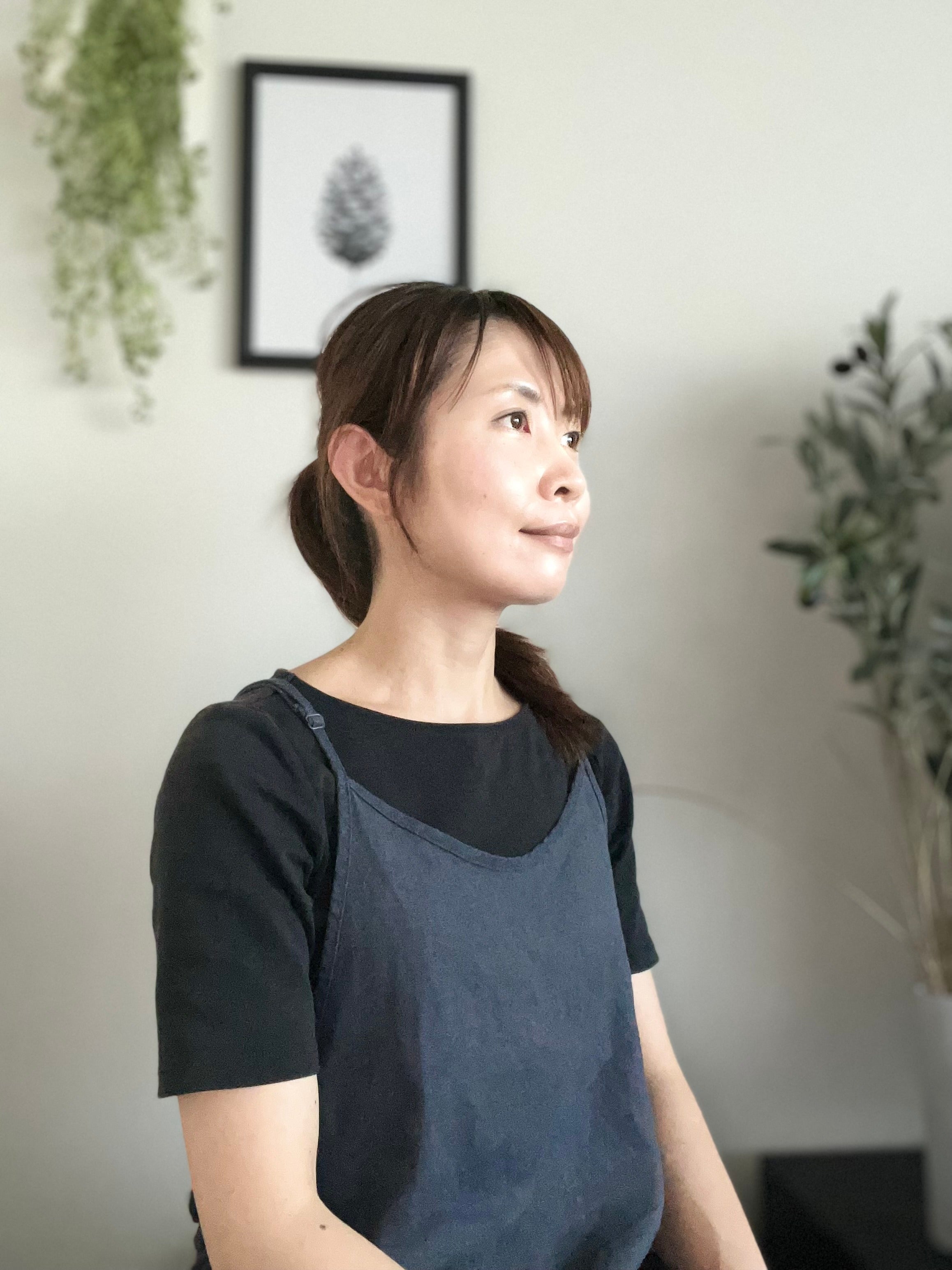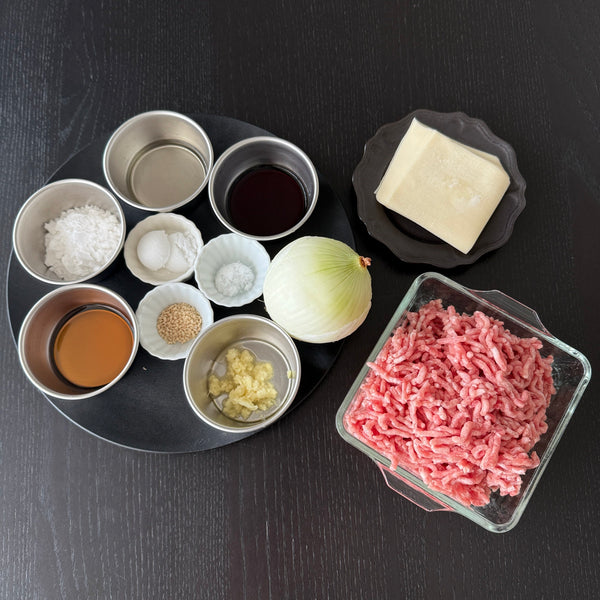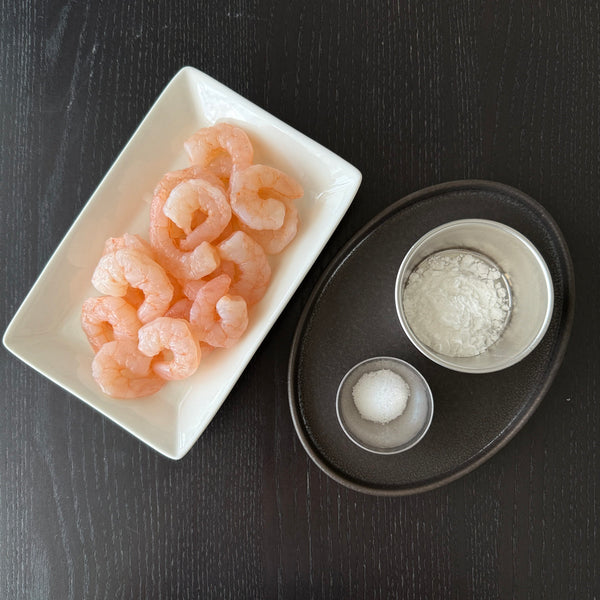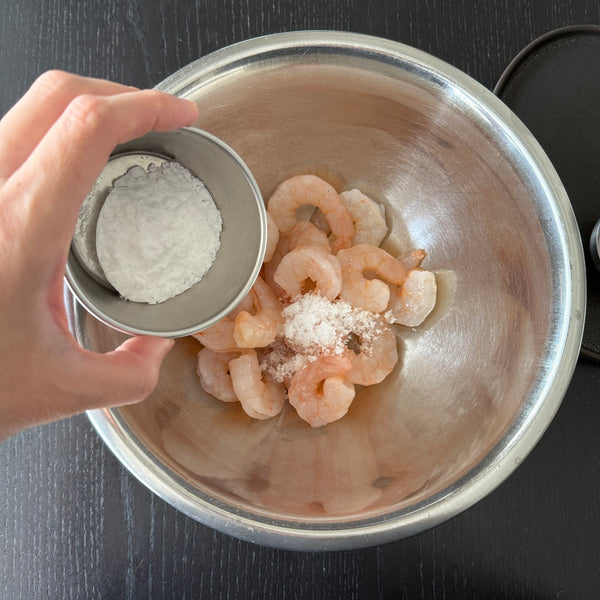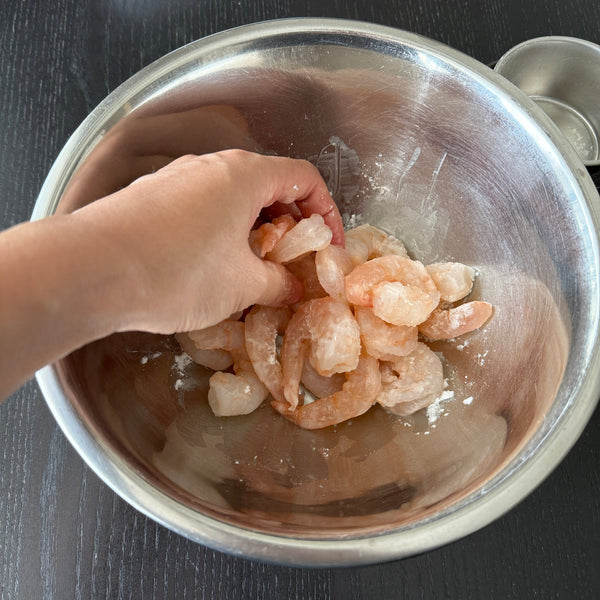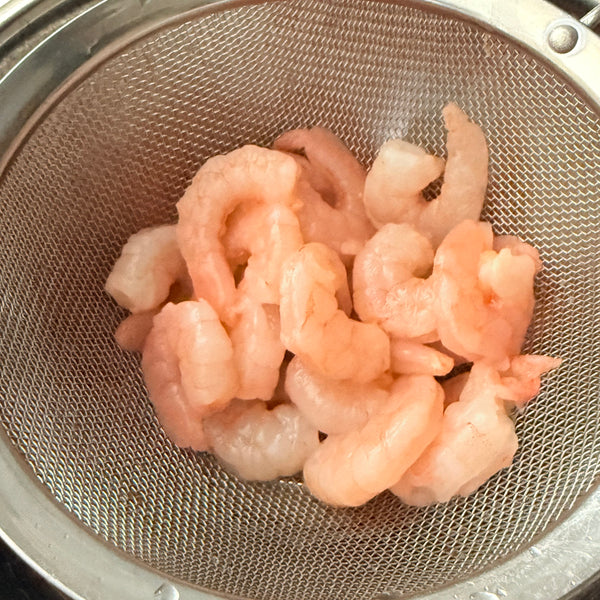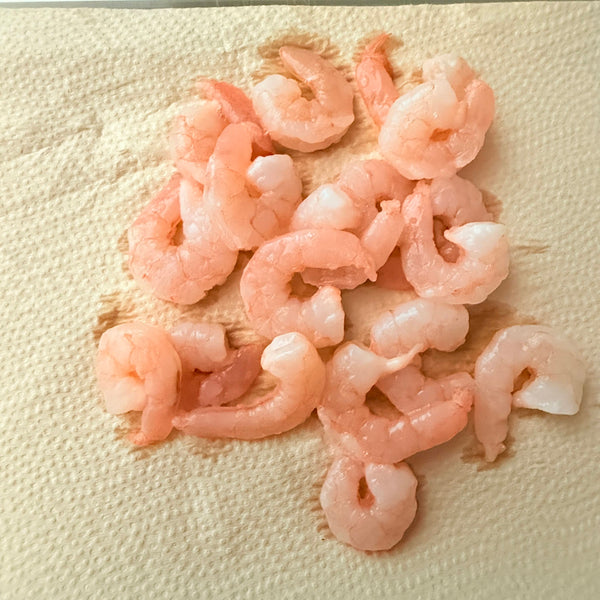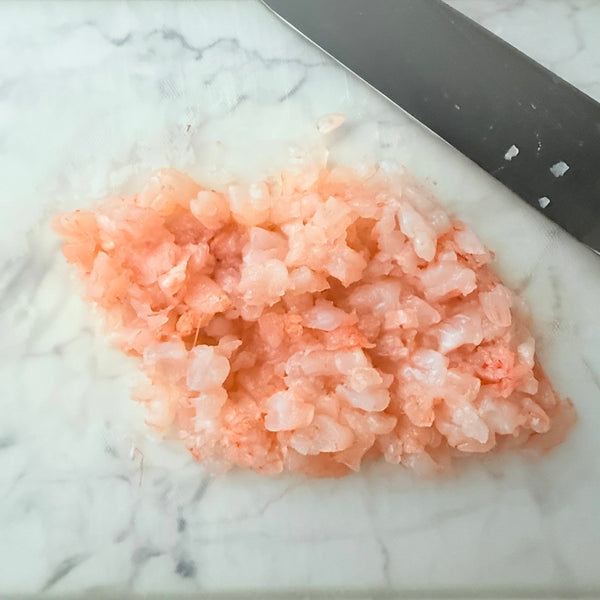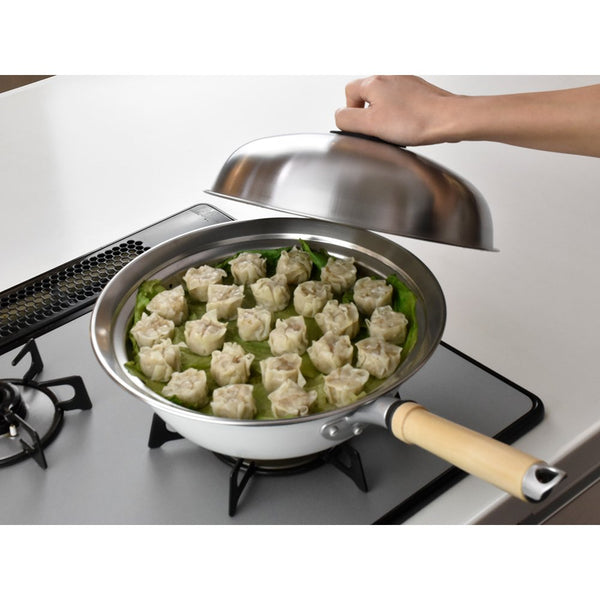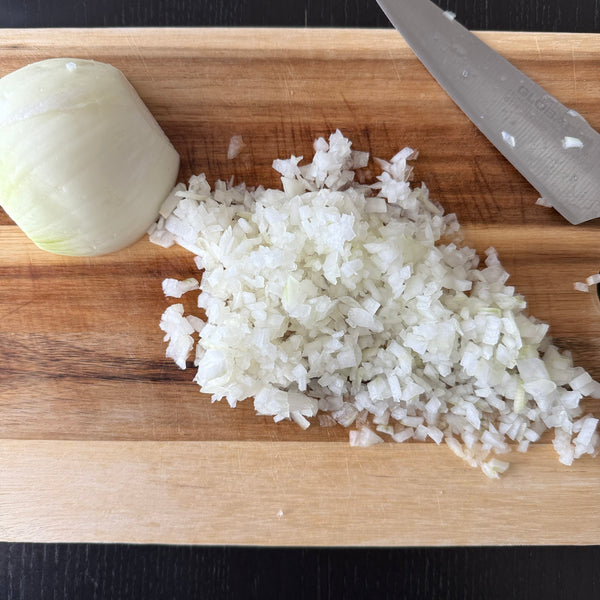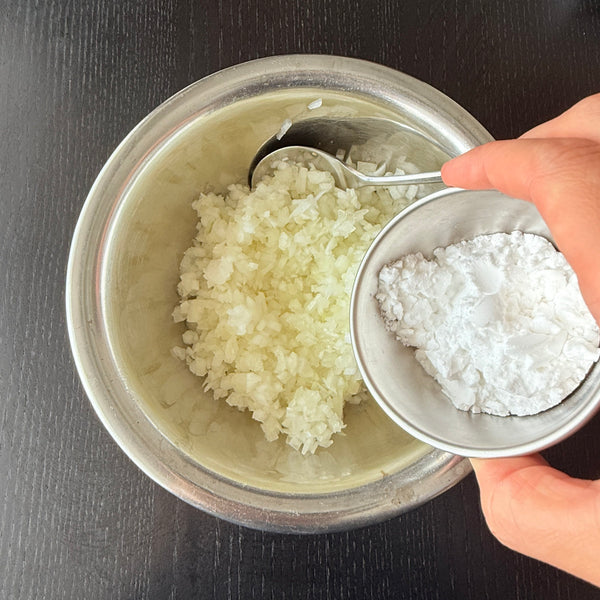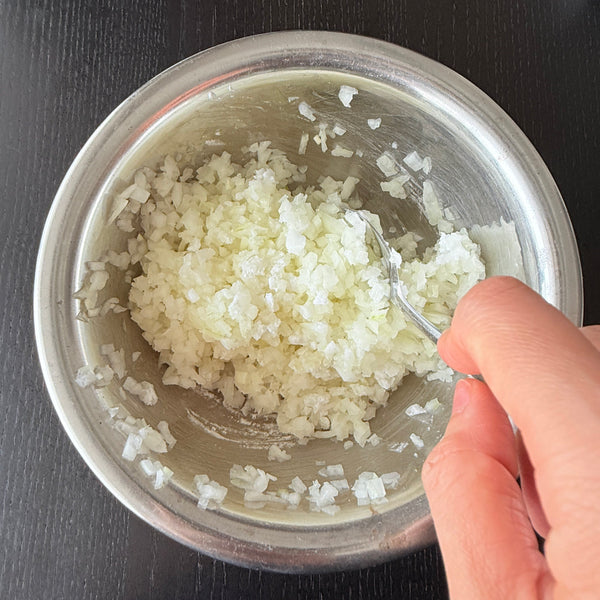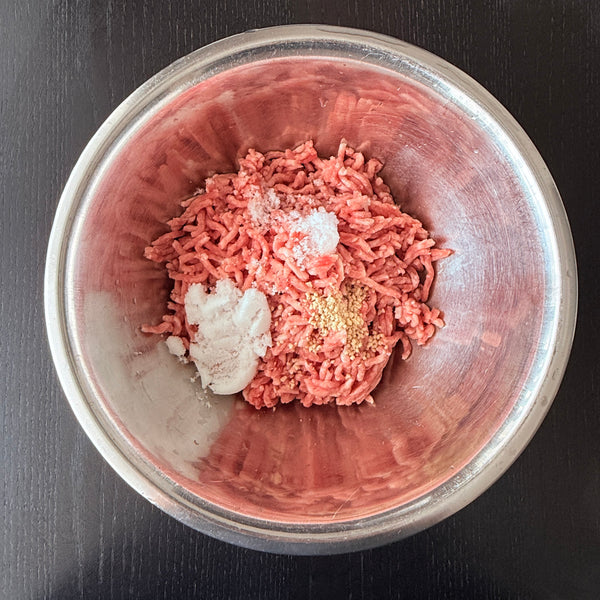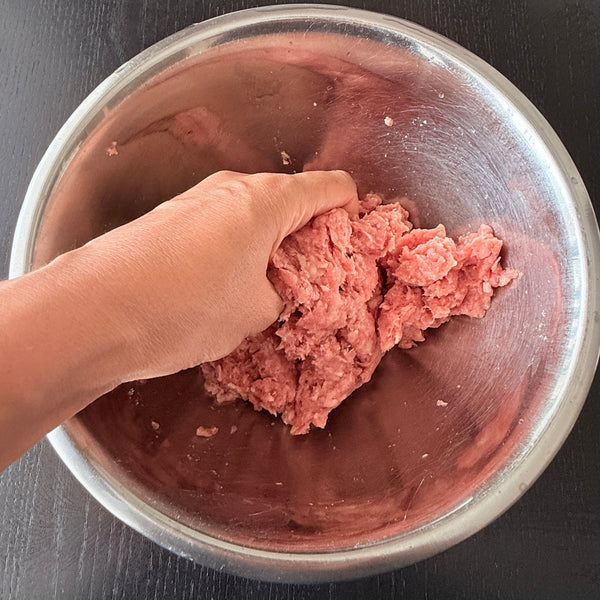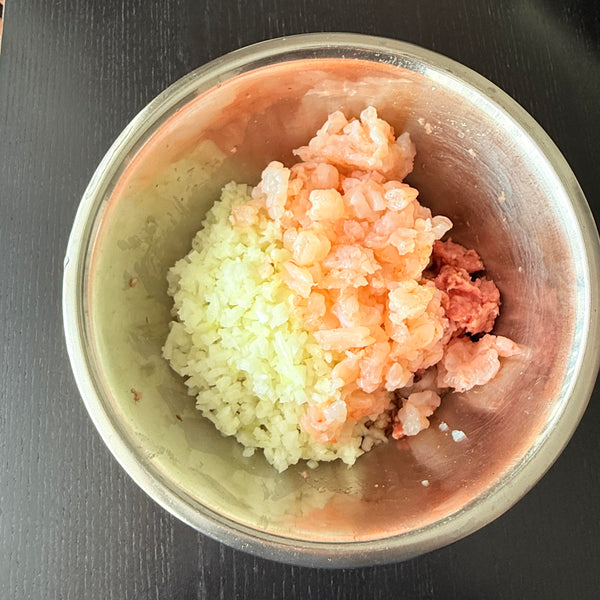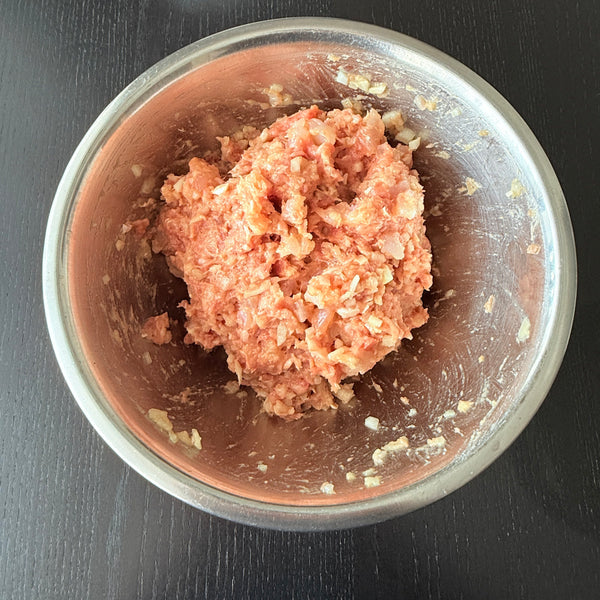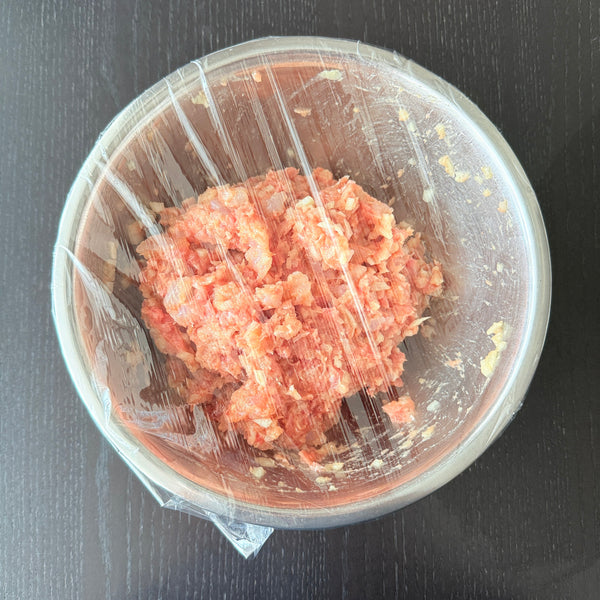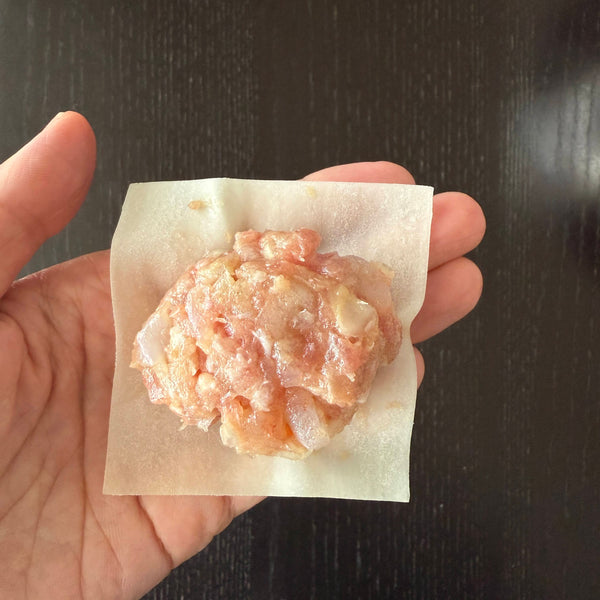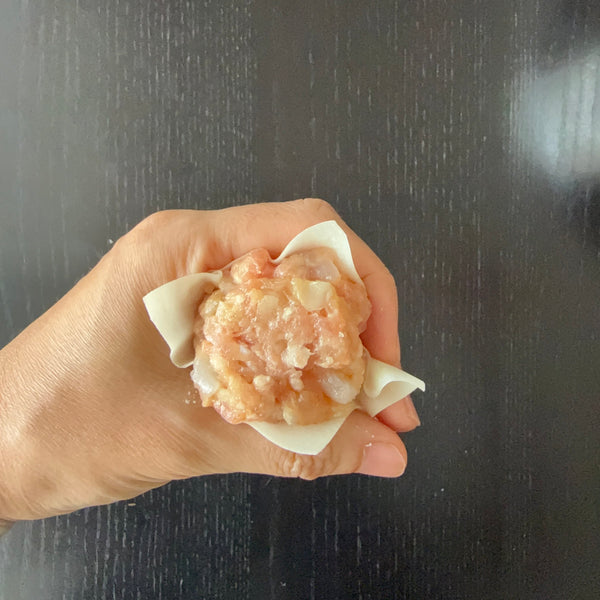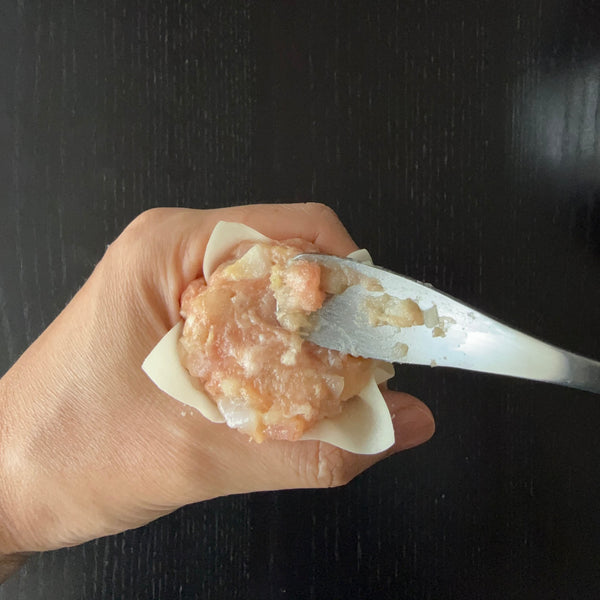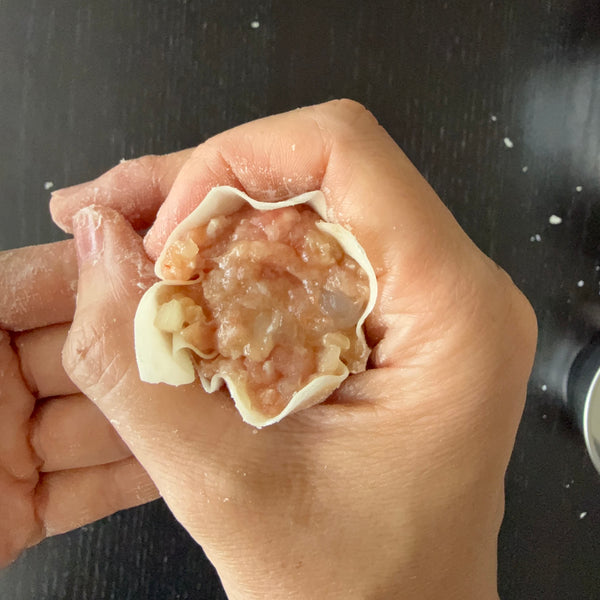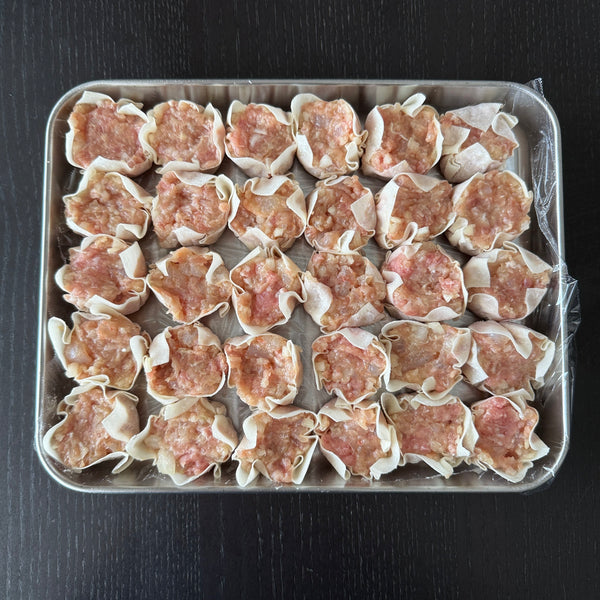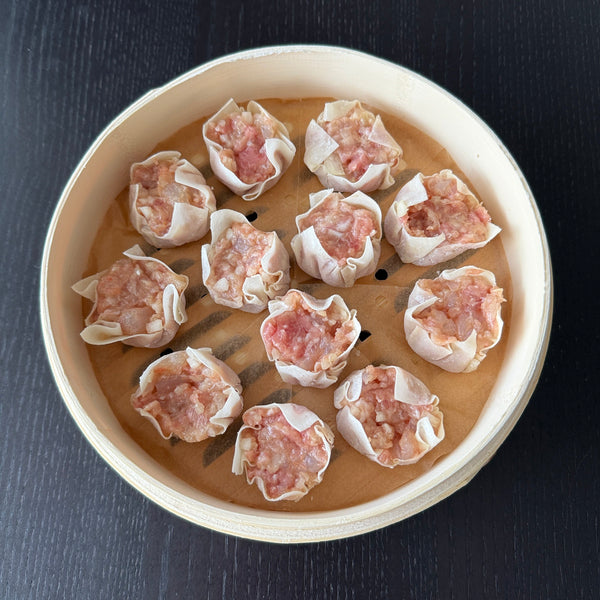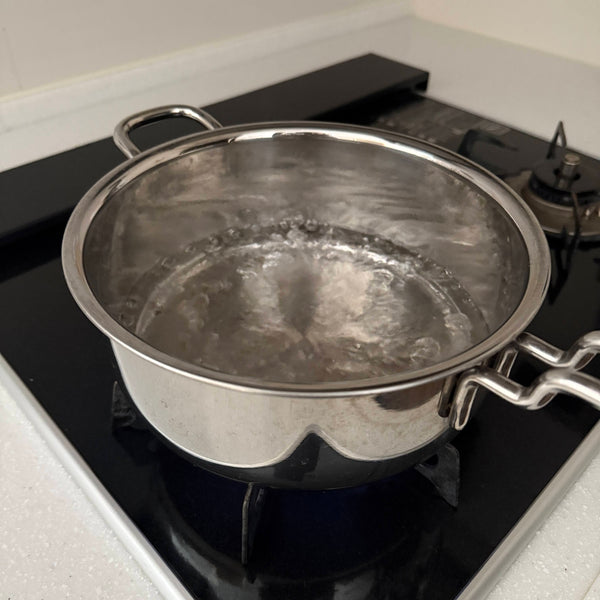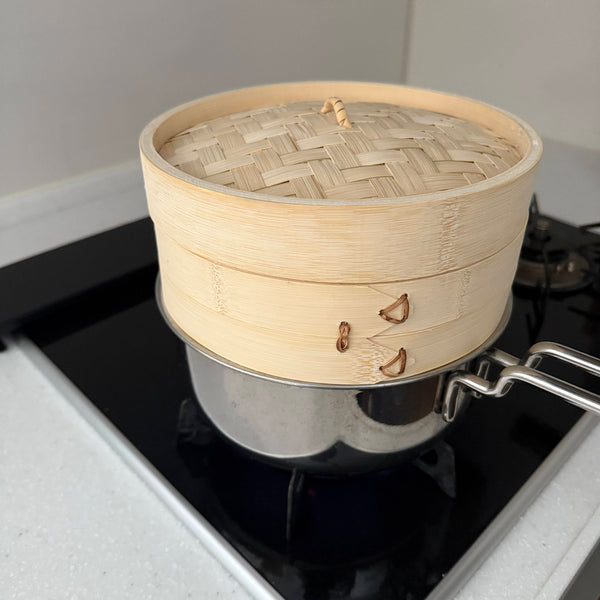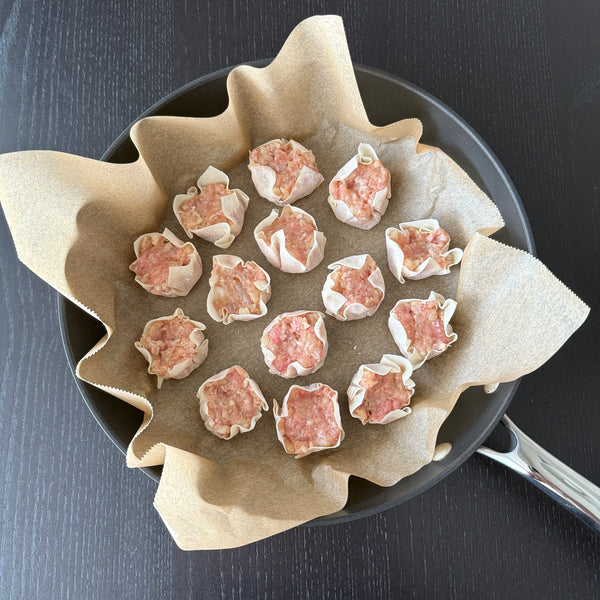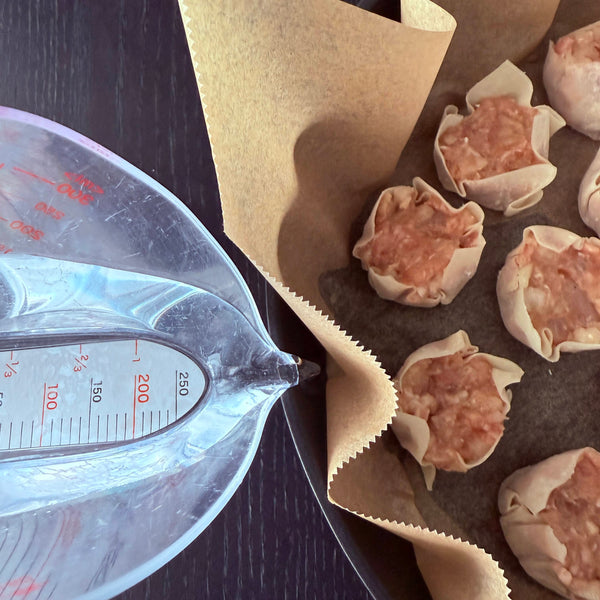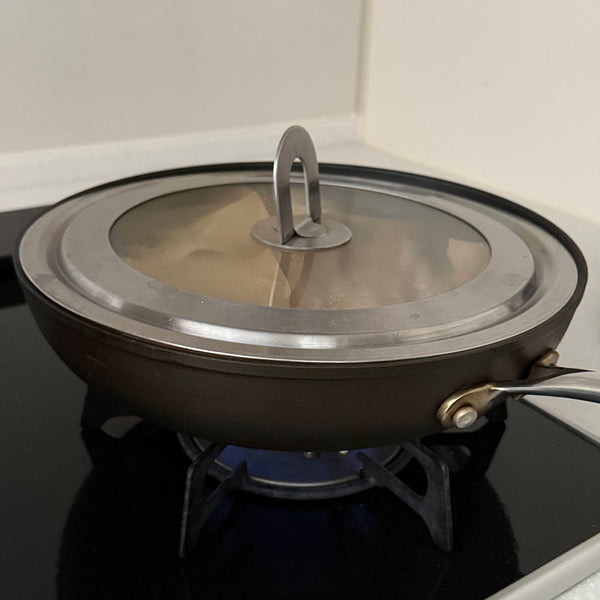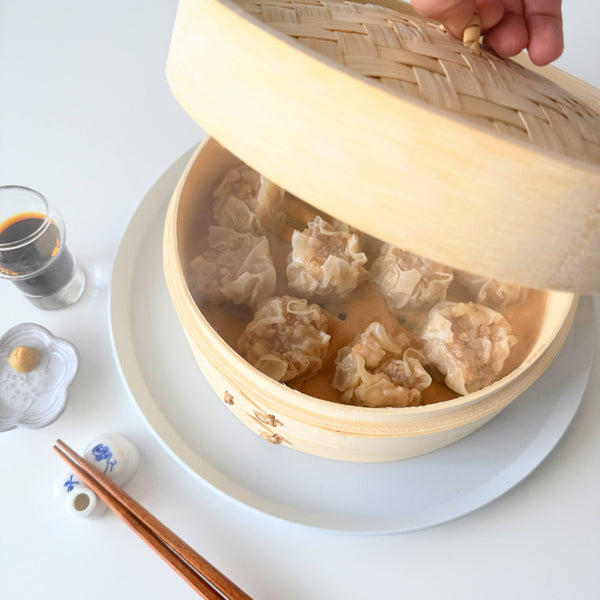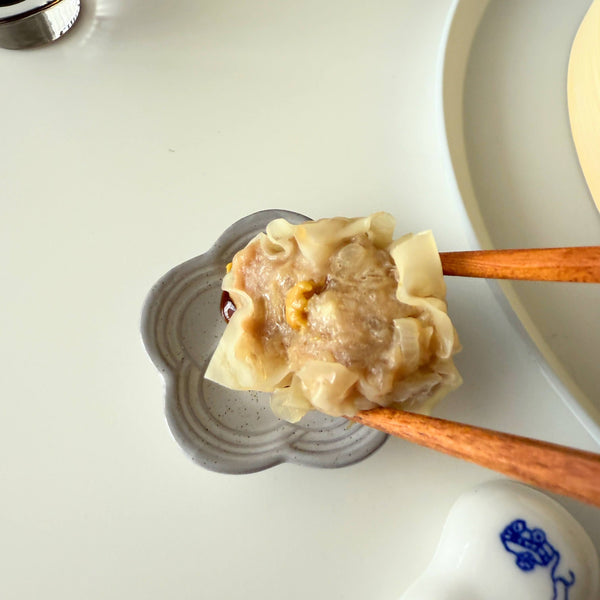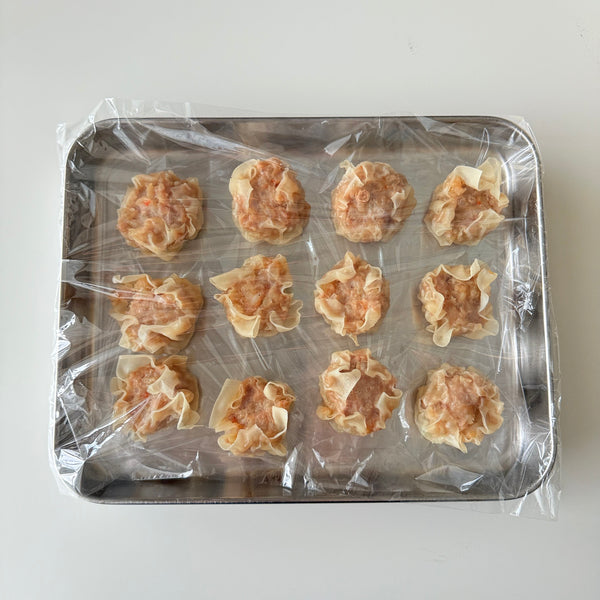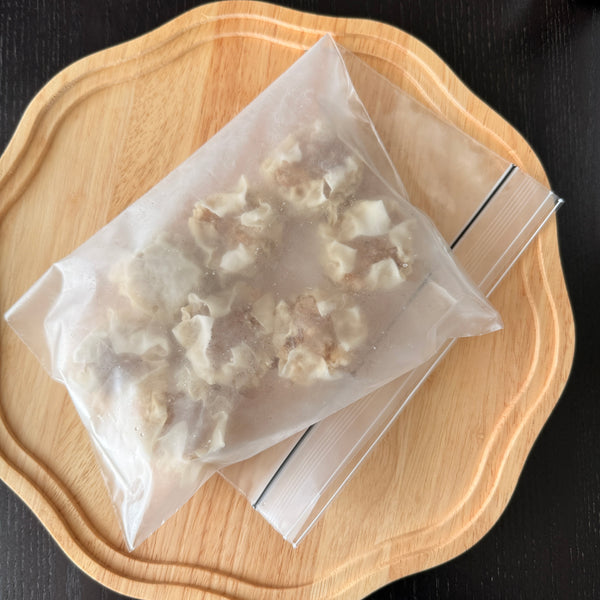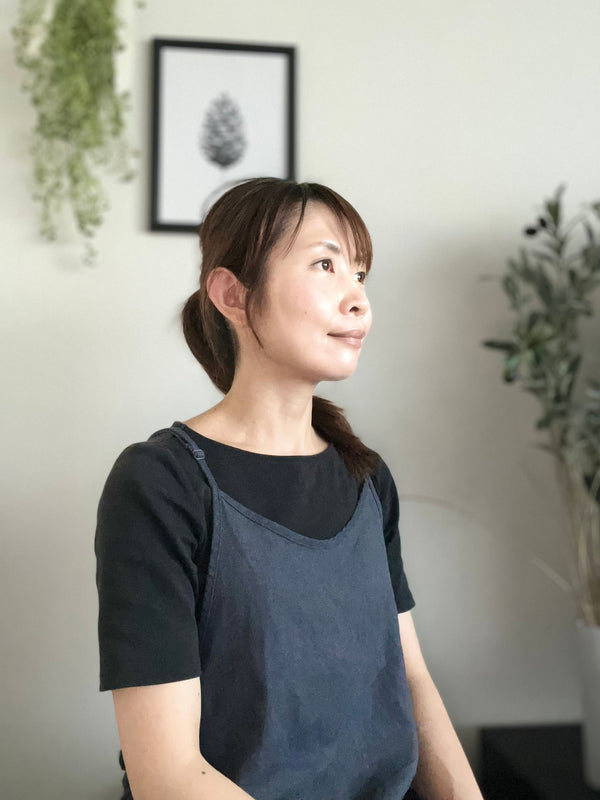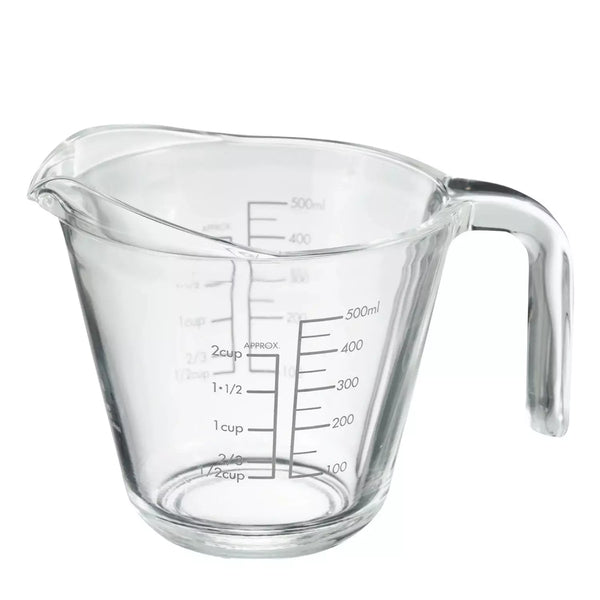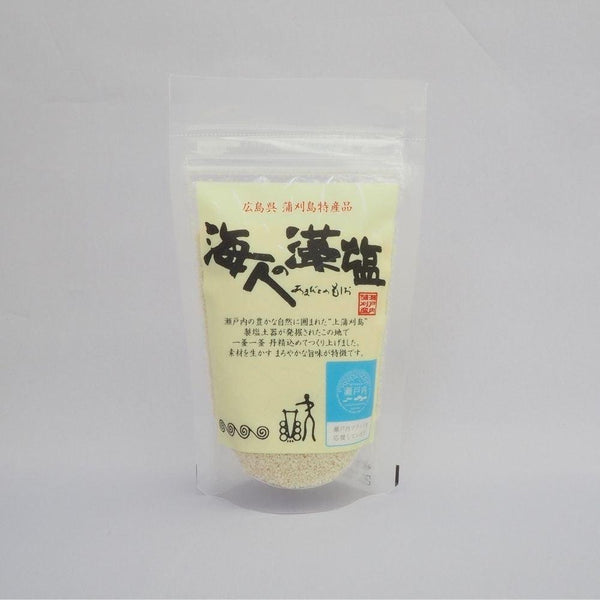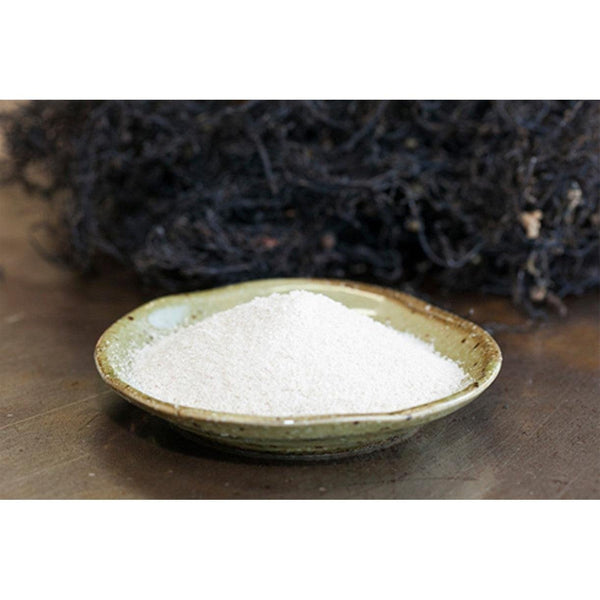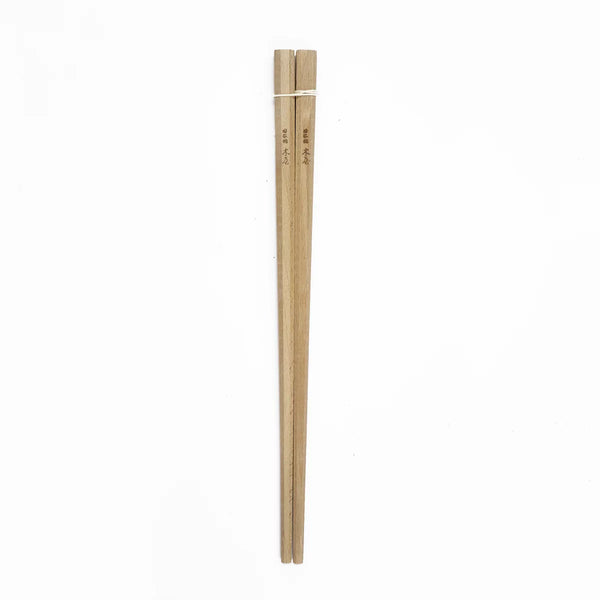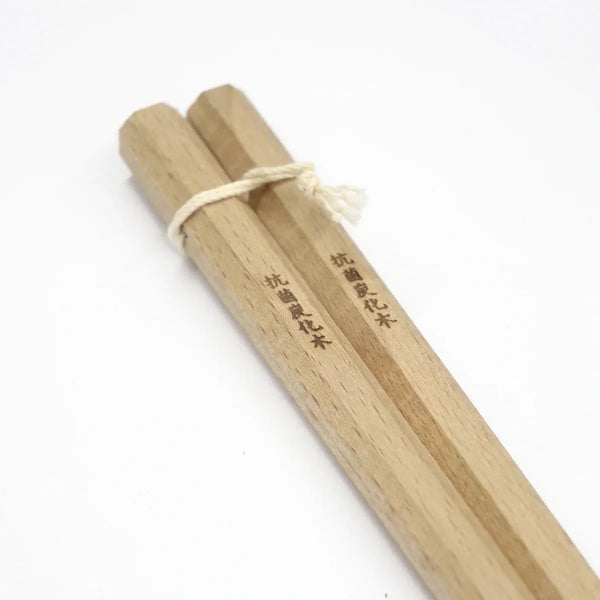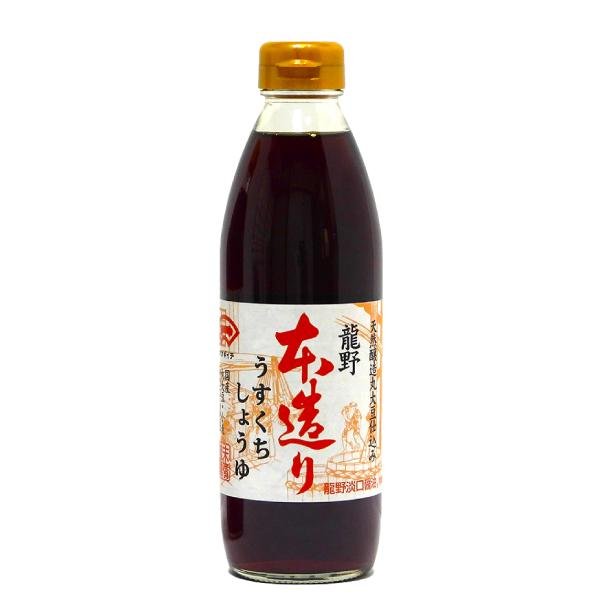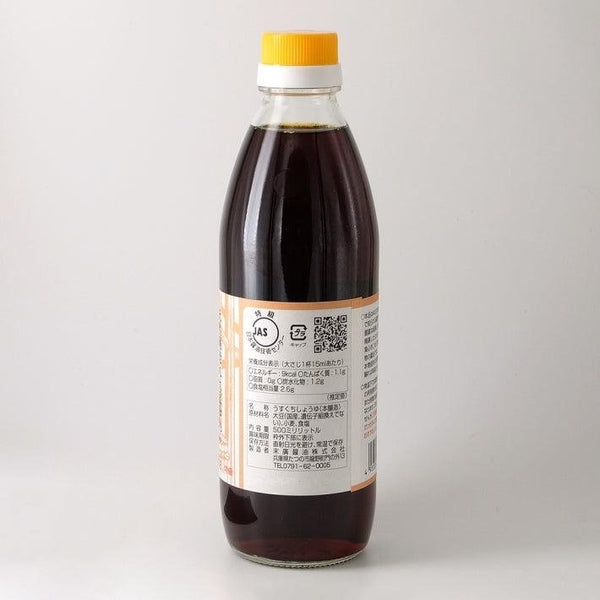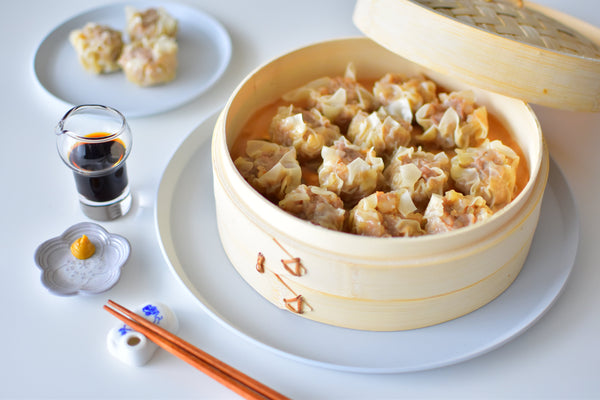
Japanese people enjoy Chinese steamed dumplings like gyoza and xiao long bao. Today, we’re highlighting another favorite: shu mai.
In Cantonese cuisine, dishes like shu mai/siu mai and nikuman (steamed pork bun) are considered dim sum, which refers to a variety of small dishes, light meals, or snacks. Sometimes, it specifically means all dishes in a meal except the main courses and soups. In Hong Kong and Guangdong Province, it’s traditional to enjoy dim sum while sipping Chinese tea, a practice called “yum cha.”
In Japan, shu mai is a beloved dish typically made with ground pork wrapped in thin, square-shaped wrappers. While pre-made versions are widely available, shu mai itself is originally a Chinese dumpling with roots tracing back to Inner Mongolia, where it was made with mutton seasoned with scallions and ginger.
Over time, particularly in the Cantonese region, it evolved into the pork and shrimp version, often with yellow wrappers and a topping of chopped carrots or fish roe. The Japanese version usually features ground pork mixed with vegetables such as onion and shiitake mushrooms, sometimes garnished with green peas.
Today, we’ll show a Cantonese-style version using both ground pork and shrimp, a combination that’s also popular in Japan.
Shu mai differs from gyoza in its bite-sized portions and the inclusion of chopped onions in the filling. Unlike gyoza, which is typically pan-fried before steaming, shu mai is usually steamed in a bamboo steamer called a “seiro.”
To use a seiro, select a pot or wok that fits its size, fill it with boiling water without touching the bottom of the basket, and line the steamer with parchment paper or lettuce/cabbage leaves to prevent sticking. Arrange the dumplings without touching each other to allow steam circulation, cover, and steam for 7–8 minutes. If you don’t have a seiro, don’t worry, because our recipe includes an alternative steaming method.
Unlike gyoza, shu mai doesn’t require intricate folding. Simply place the filling in the center of the wrapper, gather the edges with your thumb and index finger, and shape it into an open cup. The top remains open; just press gently to form a tight shape.
Follow our step-by-step recipe below and enjoy a taste of Japanese-style dim sum shu mai in your kitchen!
